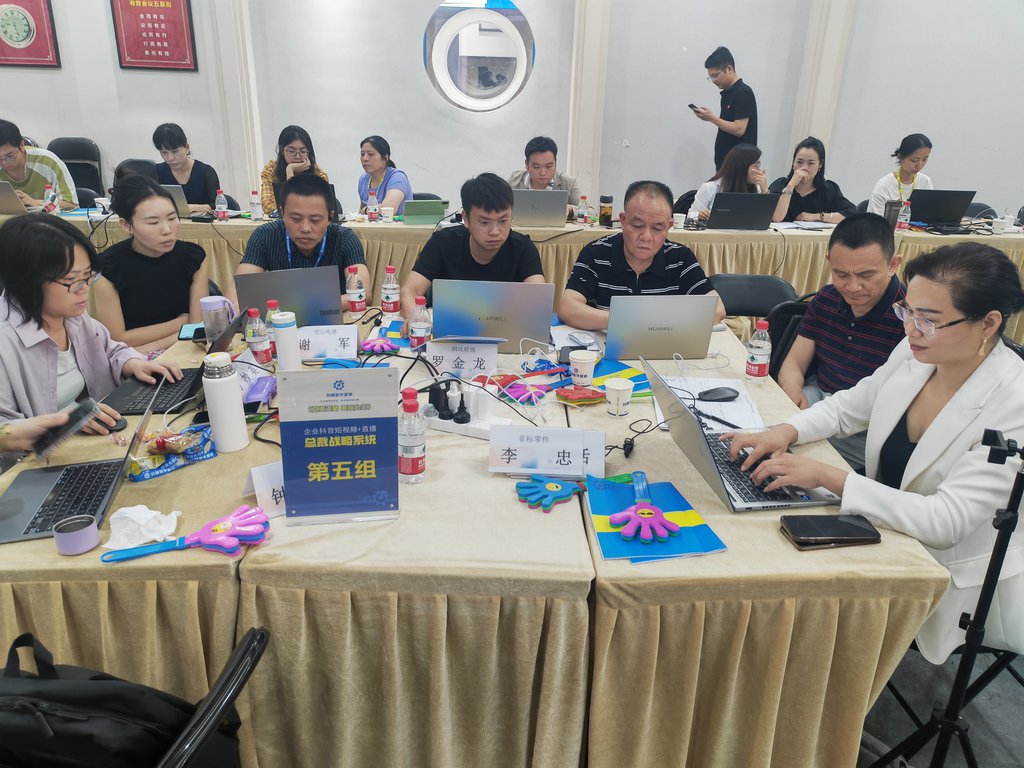

发布时间:2025-05-22源自:融质(上海)科技有限公司作者:融质科技编辑部
The Drawbacks of AI Education: What You Need to Know In recent years, the integration of artificial intelligence (AI) into education has been widely celebrated for its potential to revolutionize the way we learn and teach. From personalized learning platforms to automated grading systems, AI has shown promise in making education more accessible and efficient. However, as with any technological advancement, there are potential downsides that warrant attention. This article explores the drawbacks of AI education, shedding light on issues that could impact students, educators, and the educational system as a whole.
One of the most significant concerns with AI education is the risk of overreliance on technology. While AI-powered tools can streamline tasks like grading and lesson planning, they may also reduce the need for human interaction and critical thinking. For instance, students might become overly dependent on AI tutors for answers, stifling their ability to solve problems independently. This overreliance could lead to a decline in critical thinking skills, as students may prioritize quick solutions over deep understanding. Moreover, the reliance on AI could create a sense of detachment from the learning process. Without the guidance of human teachers, students might miss out on the emotional and social aspects of education, such as empathy, collaboration, and mentorship. These are essential components of holistic development that AI cannot fully replicate.

Another critical issue with AI education is the potential for privacy breaches and data security concerns. AI systems often require vast amounts of personal data to function effectively, including information about students’ learning patterns, performance metrics, and even behavioral data. While this data can be used to personalize learning experiences, it also raises questions about how this information is stored, shared, and protected. Inadequate data security measures could expose sensitive information to cyberattacks or unauthorized access, putting students’ privacy at risk. Additionally, the collection of detailed data raises ethical concerns about how it might be used in the future. For example, could this information be exploited for marketing purposes or influence decisions about a student’s academic or career trajectory?
AI systems, despite their advanced capabilities, lack emotional intelligence. This limitation can have serious implications for education, particularly in environments where emotional support and understanding are crucial. For instance, AI tutors may struggle to recognize and respond appropriately to a student’s emotional state, such as stress, anxiety, or frustration. In contrast, human teachers are adept at reading their students’ emotions and providing the necessary support. This emotional connection is vital for creating a positive learning environment and fostering student engagement. Without it, students may feel isolated or unmotivated, ultimately hindering their academic progress.
AI education tools, while efficient, often operate within predefined parameters. This can stifle creativity and originality, as students may be encouraged to conform to standardized answers rather than explore unique perspectives. For example, automated grading systems might penalize unconventional thinking if it doesn’t align with the expected response, discouraging students from thinking outside the box. This lack of flexibility could lead to a homogenization of thought, where creativity and innovation are suppressed in favor of conformity. In a world that increasingly values creativity and adaptability, this could have long-term consequences for students’ ability to think critically and solve complex problems.
Finally, AI education systems are not immune to ethical concerns and bias. AI algorithms are only as unbiased as the data they are trained on, and if that data contains inherent biases, it could perpetuate discrimination or unfair treatment. For example, an AI-powered assessment tool might inadvertently favor certain groups of students over others, leading to unequal opportunities. Addressing these biases requires careful oversight and ongoing scrutiny, which may not always be feasible in resource-constrained educational settings. This raises questions about the fairness and equity of AI-driven educational systems.
While AI education offers exciting possibilities for enhancing learning experiences, it also presents significant challenges that cannot be ignored. From overreliance on technology to privacy concerns and limitations in emotional intelligence, the drawbacks of AI education highlight the need for a balanced approach. As we continue to integrate AI into our educational systems, it is crucial to remain vigilant and prioritize the well-being and holistic development of students.
欢迎分享转载→ http://www.shrzkj.com.cn/aishangye/24570.html
Copyright © 2025 融质(上海)科技有限公司 All Rights Reserved.沪ICP备2024065424号-2XML地图 搜索推广代运营